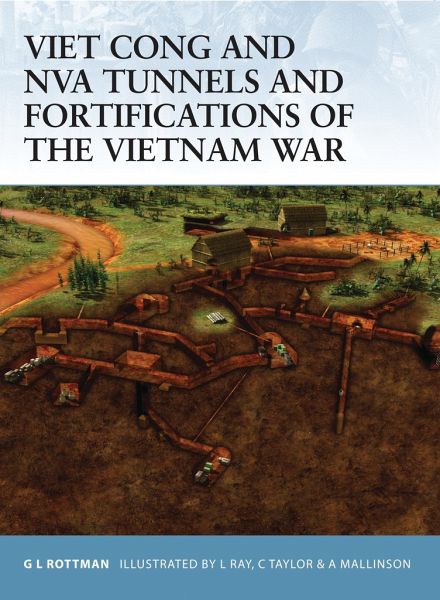
Viet Cong and NVA Tunnels and Fortifications of the Vietnam War

PAYBACK Punkte
8 °P sammeln!
During the Vietnam War, the Viet Cong (VC) main forces and North Vietnamese Army (NVA) were forced to hide weapons and supplies underground and to dig protective shelters to counter massive US firepower. Their field works defended villages, hidden base camps, and fortified complexes, and took the form of trench systems, individual fighting positions, crew-served weapon positions, bunkers, caches, and extensive tunnel complexes. Camouflage and deceptive measures, and the employment of obstacles and booby traps, went hand-in-hand with such works. This title takes a detailed look at the VC/NVA tu...
During the Vietnam War, the Viet Cong (VC) main forces and North Vietnamese Army (NVA) were forced to hide weapons and supplies underground and to dig protective shelters to counter massive US firepower. Their field works defended villages, hidden base camps, and fortified complexes, and took the form of trench systems, individual fighting positions, crew-served weapon positions, bunkers, caches, and extensive tunnel complexes. Camouflage and deceptive measures, and the employment of obstacles and booby traps, went hand-in-hand with such works. This title takes a detailed look at the VC/NVA tunnel systems, field fortifications, base camps. and camouflage and concealment measures employed during the Vietnam conflict.













